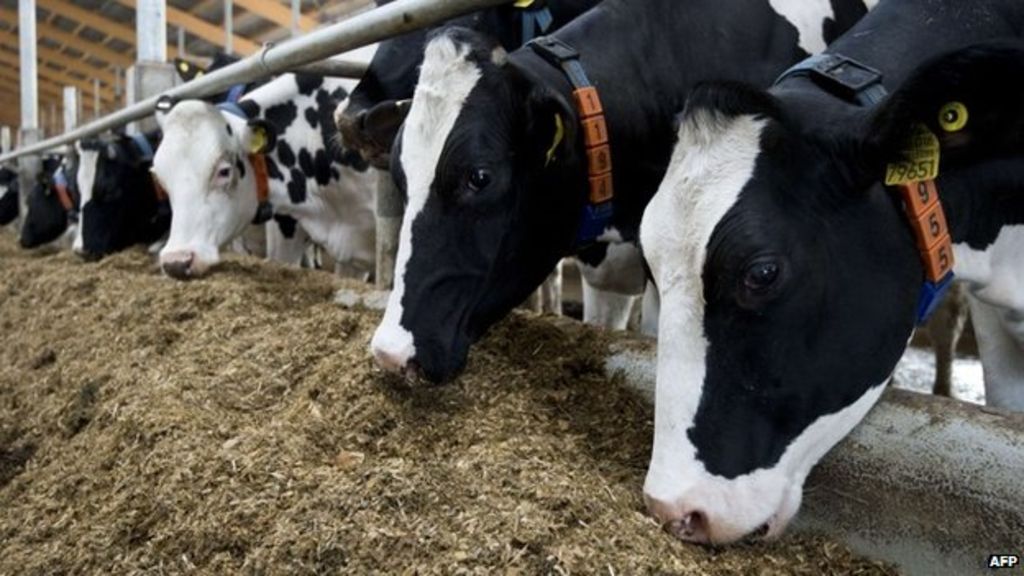Converting farm waste to natural gas has the power to decarbonise Ireland’s agricultural food supply chain, agri industry heavyweights have claimed.
As fears that the country will significantly miss its legally-binding 2020 EU greenhouse gas emissions target continue to mount, some are challenging the government to rethink current strategies broadly focused on biomass and energy crop solutions.
Speaking at a conference on ‘Renewable Gas: Securing our Energy Future – Addressing our Agri Emissions Challenge’, industry leaders outlined the success they’ve achieved in converting to green gas – while also highlighting potential new income streams it can bring at farm level.
Ian Kilgallon, innovation and business development manager at Gas Networks Ireland, doesn’t believe diversifying to biomass will have a major impact on reducing agriculture’s current carbon footprint – representing 33% of total emissions.
He is urging the government to promote the development of anaerobic digesters on farms to generate biogas from slurry, grass and other kinds of organic materials which could then be sold as a source of electricity and heat.
In the context of Irish land, we don’t see the potential in biomass. Woody biomass, such as willow, grows better on dryer land in continental Europe.
“Our land and climate is wetter and far more suited to grass. A hectare of decent grass converted to willow would produce 44 megawatt hours (MWhs) per annum, while grass for biogas would produce 68 MWhs. That equates to about 55% more energy with biogas than biomass per annum,” he said.
Kilgallon is calling on policy makers to redouble efforts on biogas over biomass, ahead of the introduction of the government’s Renewable Heat Incentive (RHI) scheme.
The proposal for the scheme is expected to include supports for biomass boilers, heat pumps and anaerobic digesters.
“There has been a fear to look at the really big issue. Policy makers are comfortable with electricity and fossil fuels, they are less familiar with gas. Our agricultural emissions are dominated by methane and nitrous oxide. If we can take out the methane and use it as a natural gas we will decarbonise from farm-to-fork.
“A grassland farmer would earn at least 50% more in terms of gross earning by going for anaerobic digestion rather than willow. It’s also a much simpler process for farmers to learn and master. It’s all about tanks, pipes, pumps and heaters,” he said.
As agricultural demand for natural gas continues to rise, Kilgallon said Ireland has the potential to be a “world leader”, and he anticipates that 400 anaerobic digesters will be introduced on Irish farms by 2030.
‘Biogas is far more cost and carbon effective’
Speaking at the event, organised by the Guild of Agricultural Journalists, Simon Shannon, supplier performance manager with drinks giant Diageo Ireland, said the company has invested €100 million in onsite bioenergy plants to reduce the company’s greenhouse gas emissions by 50% by 2030.
We don’t consider biomass as a solution for us to hit our carbon reduction target. For us biogas is a far more cost and carbon effective.
It requires milk from 40,000 cows for us to produce Baileys for our international market. If we could generate natural gas from the manure of those cows we would have enough energy to supply our sites at St. James’s Gate in Dublin and in Scotland.
Dave Fitzgerald, group head of sustainability for Dairygold, which converted to natural gas in 1986, shared the same confidence in the potential of biogas.
“As a co-op, Dairygold has a unique ability to influence and improve sustainability across the supply chain. We don’t see a solution to decarbonisation coming from the biomass side, we see it coming from natural gas,” he said.
